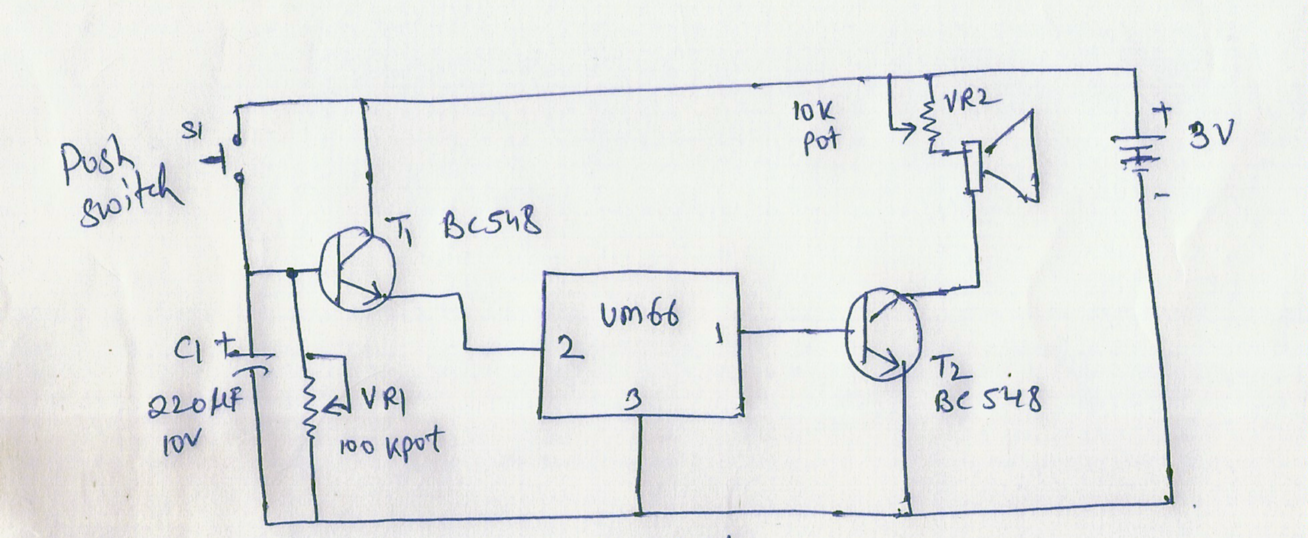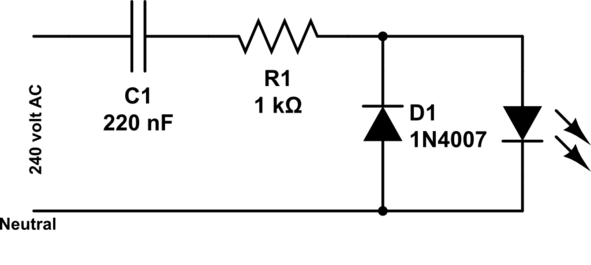On-Off Switch using relay
Here’s how industrial equipment is started and stopped using push buttons(On-Off Switch). The circuit is called a “locked-out relay.” It uses an ordinary relay and the ON switch activates the relay to close the terminals. When the switch is released,…








